Last big farm in Gold Coast’s north sold in multimillion-dollar deal
The last big farming property on the Gold Coast’s fast-growing north has been sold in a multimillion-dollar deal. HERE’S WHAT IT’S GOING TO BECOME >>>
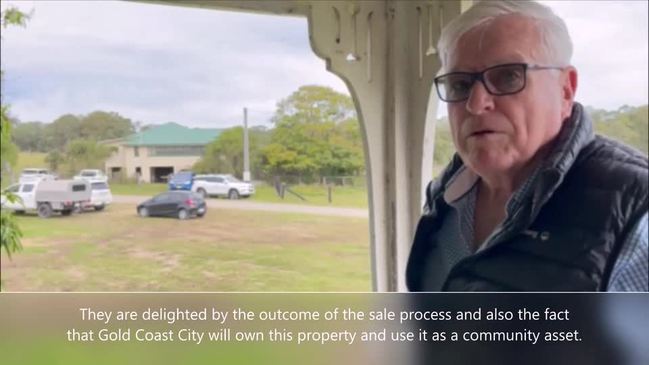
Gold Coast
Don't miss out on the headlines from Gold Coast. Followed categories will be added to My News.
- The 20 things you need to know about the Coomera Connector
- Our fastest growing and slowest moving suburb
THE last big farming property on the Gold Coast’s fast-growing north has been sold in a multimillion-dollar deal.
But instead of a developer building a new residential suburb, the community will get much-needed green breathing space.
The Bulletin can reveal a confidential settlement was reached on the Stewart property at Pimpama on Friday. Council won the bid with the 116ha site to become a sports precinct to rival the south’s Pizzey Park.
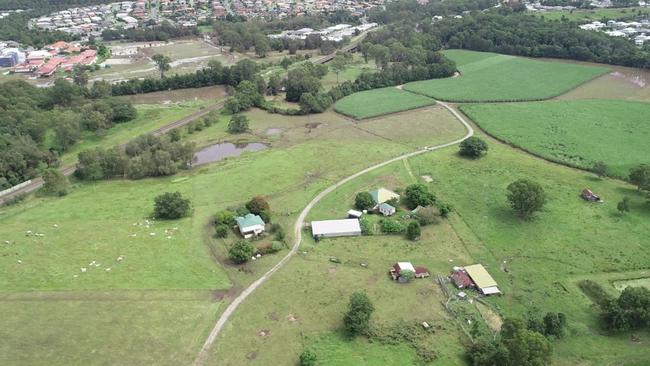
The pioneering farm and almost two years of negotiations are the city’s best kept property secret.
Crossing east on the overhead bridge at Ormeau on the M1, along Eggersdorf Road before the new residential estates is a turn-off to a winding dirt road. Driving across creeks and by caneland, emerges two timber homes, the first more than 100 years old.
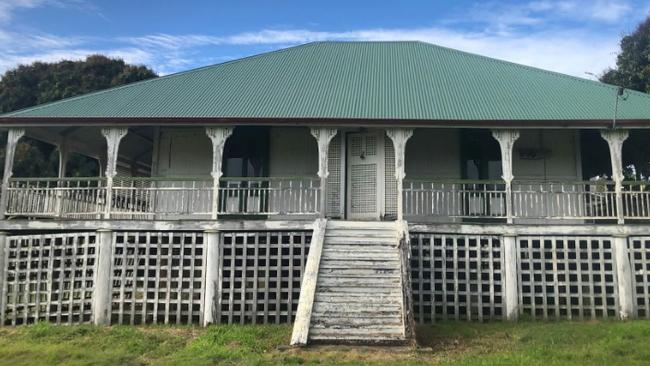
FULL DIGITAL ACCESS: JUST $1 A WEEK FOR FIRST 12 WEEKS
The Stewart family has remained on the land first used for dairying and arrowroot, now just leased for sugar cane as suburbia, the Pacific Motorway, Coast rail line and early stages of the Coomera Connector arrived around them.
Walking inside, some of the wooden boards on the veranda threaten to bend a bit like the breeze. A bell is on the open front door, and inside an endless hallway leads to a mix of starkly painted rooms, some bright pink, where family memories good and tough burst to life.

Three young Stewart boys were lost to the first World War, the family among only a handful in Australia to experience such enormous tragedy.
Merilyn Haase, the great granddaughter of Robert and Jane Stewart, the original owners, finds the old kitchen and the “pink room”. She pauses before replying when asked about her best memories.
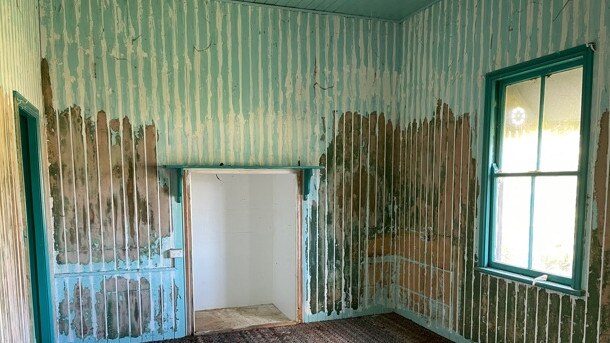
“I would say freedom,” she says. “We had a lot of space to roam. There were a lot of good memories.”
But life on the farm was not just roaming. Children had responsibilities.
“There was a lot of hard work. You’d get up, you’d get yourself to school, to the old hall up by the highway. We were lucky if that bull wasn’t in the paddock we’d cut by the neighbours. I learned to milk a cow when I was four.
“I had no option. Mum taught me. I’d sooner be outside than inside.”
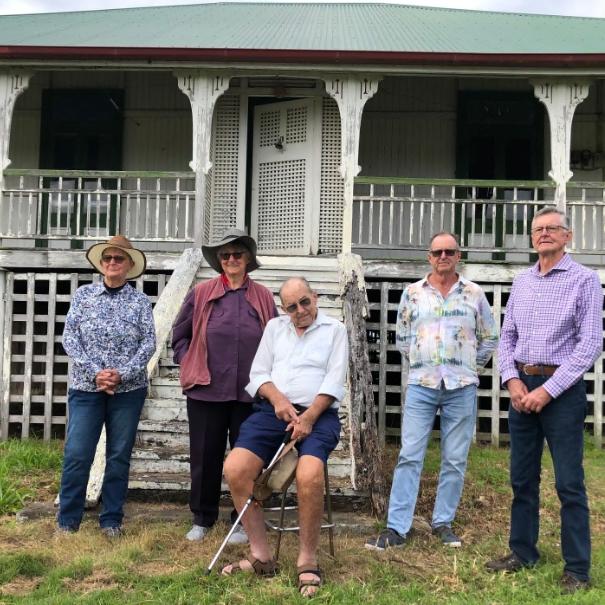
During 18 months of negotiations, LJ Hooker Commercial Brisbane director Kerry Armstrong got to know the family and property as he fielded more than 100 inquiries.
Developers had been circling, aware they might create 400sq m homes on the site.
His marketing pitch was “this is your last opportunity to get anything of this size”.
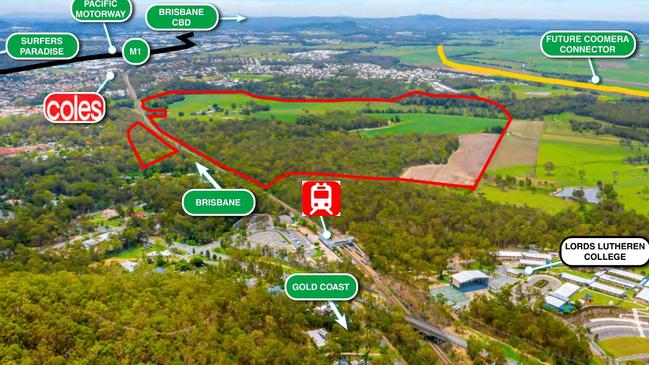
“For the family, their parents passed away a few years ago. It was basically going to be sold, it had been under contract to a developer for some time, there was quite a bit of interest from other developers,” Mr Armstrong said.
“It was decided that they would look at opening up the marketing and see who might be interested in the property.”
Council was one of six expressions of interest. A serious potential investor was from the United States, another a “conglomerate” of property investors.
“The area is zoned rural, but everything was up to speculation. The whole process of it becoming a residential estate would have taken four years,” Mr Armstrong said.
Area councillor Mark Hammel knew the state government was under pressure from developers to allow rezoning as part of a regional plan for more residential estates and high-intensity development.
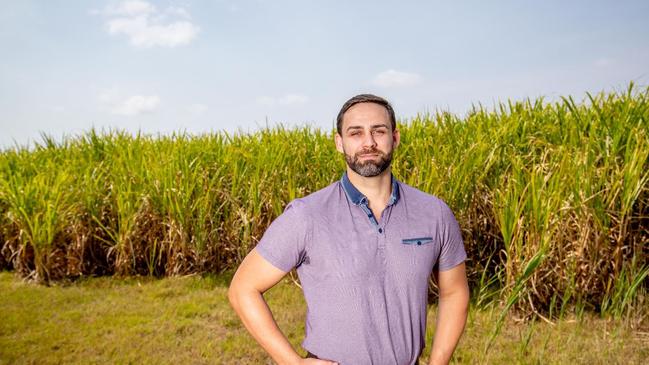
From a local planning perspective, he was aware of flood levels near the creeks and the need to preserve a koala corridor. Kids living in nearby townhouses needed space to kick a footy.
“There would be enough high country, there could have been 400sq m blocks through here,” Cr Hammel said. “The amount of land and its access and where the Coomera Connector is, it had the interest of developers.”
He organised for council officers to visit and they saw “an extraordinary opportunity”.
The Stewarts have their foundations built rock solid in community.
Ken Stewart told the Bulletin: “The council matched the other offers. From a personal point of view it’s a good outcome.
“Mum and Dad were very much into community, Red Cross and St John Ambulance, school P & Cs. I think that’s what Mum and Dad would like to see that it’s used for the community.”
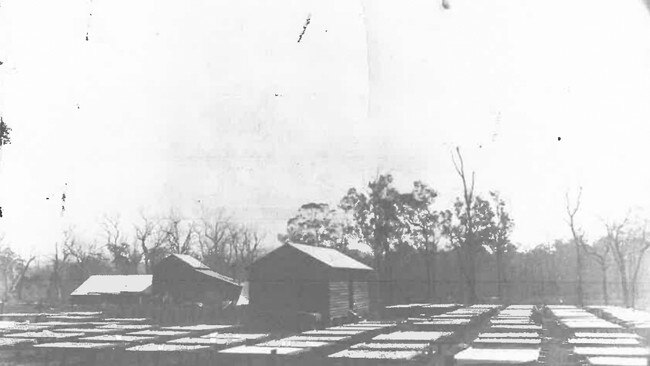
The farming land was used for arrowroot until the early ’60s when it converted to sugarcane.
Malcolm Stewart left the farm in 1973. The Stewarts had their own mill. The less dry conditions on their land proved perfect.
“I’ve done a lot of work here, mate. Night and day. Get up in the morning, get the cows in. Help them a bit, have a breakfast, then go to (Ormeau) school,” said Malcolm, who along with Ken is a trustee.
Family members recall the arrowroot market collapsing when the US ramped up corn production in the 1950s. A labour intensive industry, the product had been “used as a thickening ingredient”.
All the hills around were bare, with bullocks and carts taking product to half a dozen mills.
Their family history records Robert and Jane left an Ashmore farm to “Pimpama Creek” in 1897, and focused on growing sugarcane and the dairy until, after one season of drought, a mill was built for arrowroot production.
In October 1917, towards the end of World War I their son Robert was killed while helping fellow troops as a stretcher bearer. A month later his brother William died in action, followed almost eight months later by brother George. In 1920 both parents made a pilgrimage to France to their sons’ graves.
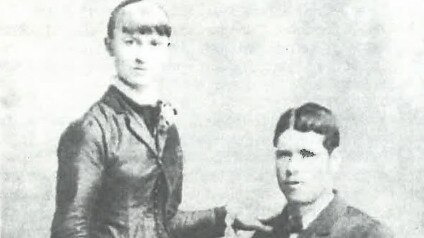
The couple returned and ploughed their efforts into the north’s farming community, Robert lobbying for a new school to be built at Ormeau. Both he and Jane were active members of the Salvation Army and worked with the Beenleigh ambulance.
Cr Hammel hopes to not just create a sports precinct but preserve historic parts of the farm. He acknowledges few Coast residents know the city once had arrowroot farms.
“Most of them (the new residents) don’t know there are cane fields up the highway, but they want to learn about our history,” he said.
“This presents a very unique opportunity, we will have a living property. Part of that experience of going to the sports fields, the other community precincts, walking along the river – I hope would see something done with one of the homes to turn it into a museum of sorts.”
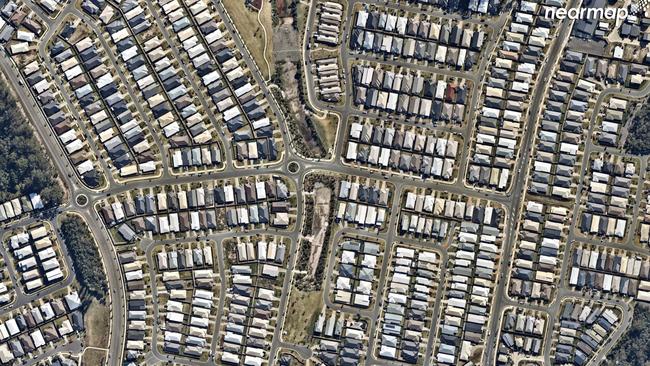
Malcolm Stewart does not hesitate when asked if he will return. “Sure we will come back. My grandkids will come here. My daughter wants to bring her children here. You know, she wants to see there is a park, not a development.”
Ken Stewart has remained on the property. On first meeting he is thrifty with his words, of good humour and hinting of a reluctance to leave.
“Lived here pretty much,” he says, when asked how long. “It’s not over yet. Maybe, I don’t know,” he adds, chuckling to himself. The pioneering spirit digs deep on Pimpama land.
Originally published as Last big farm in Gold Coast’s north sold in multimillion-dollar deal



